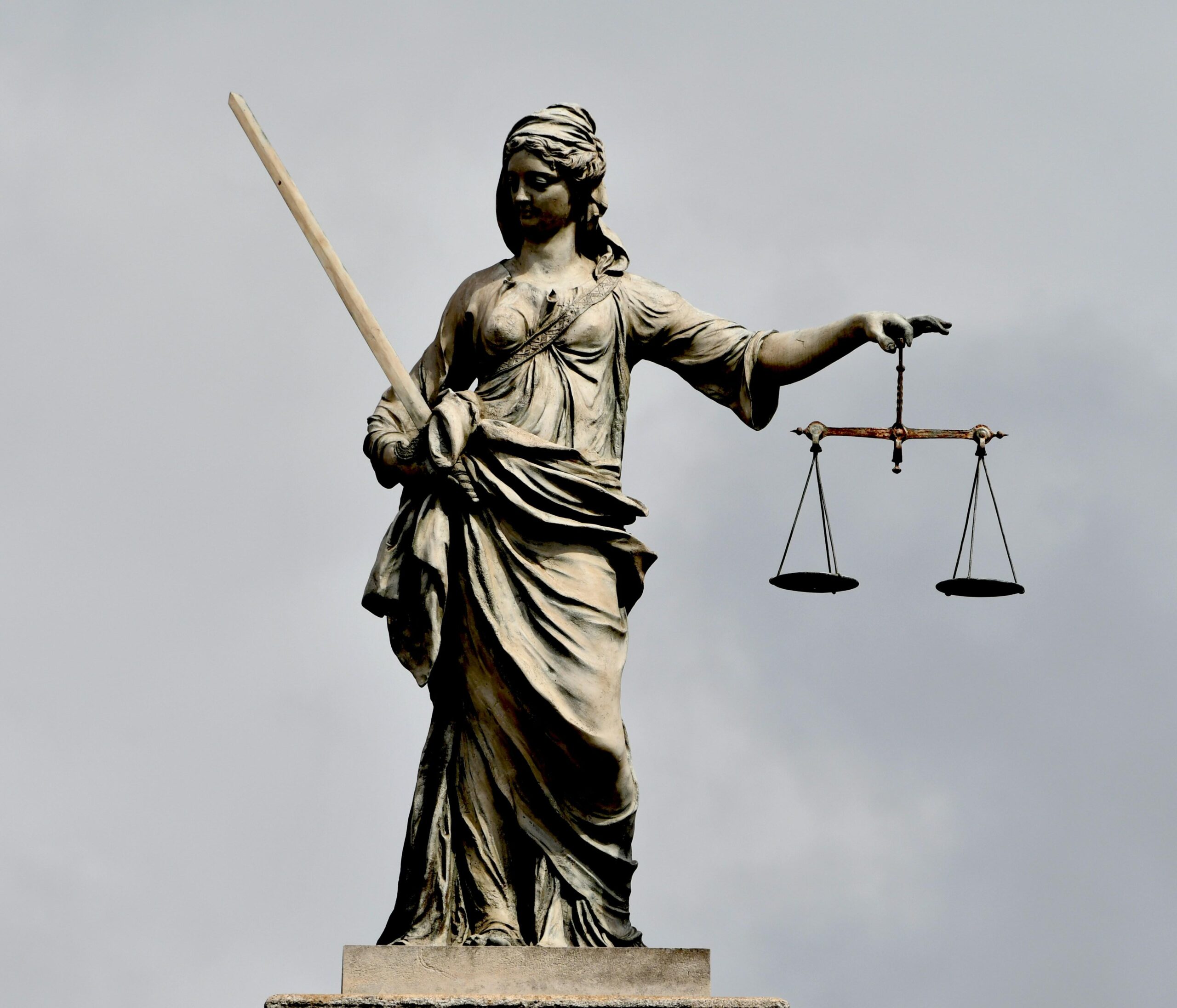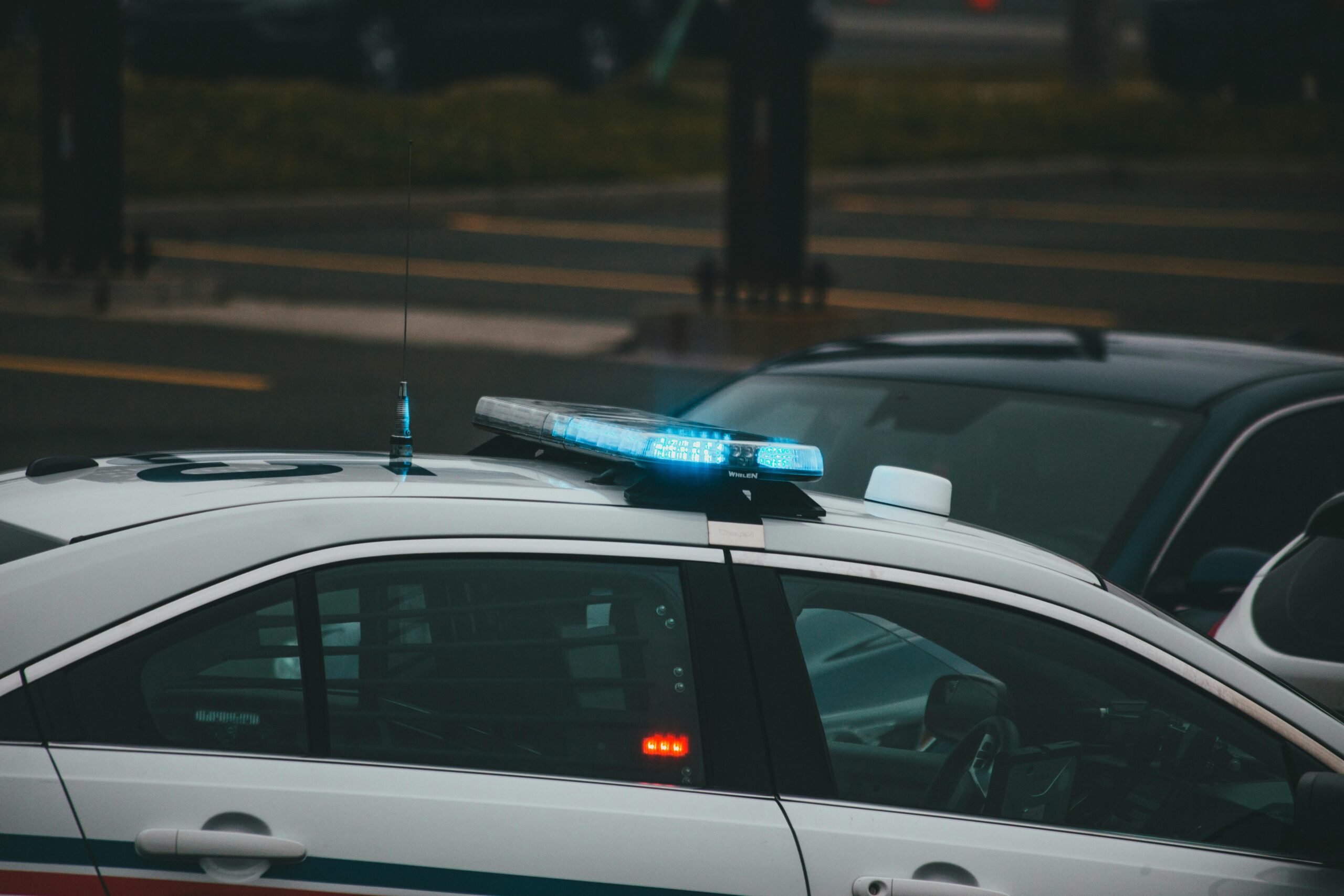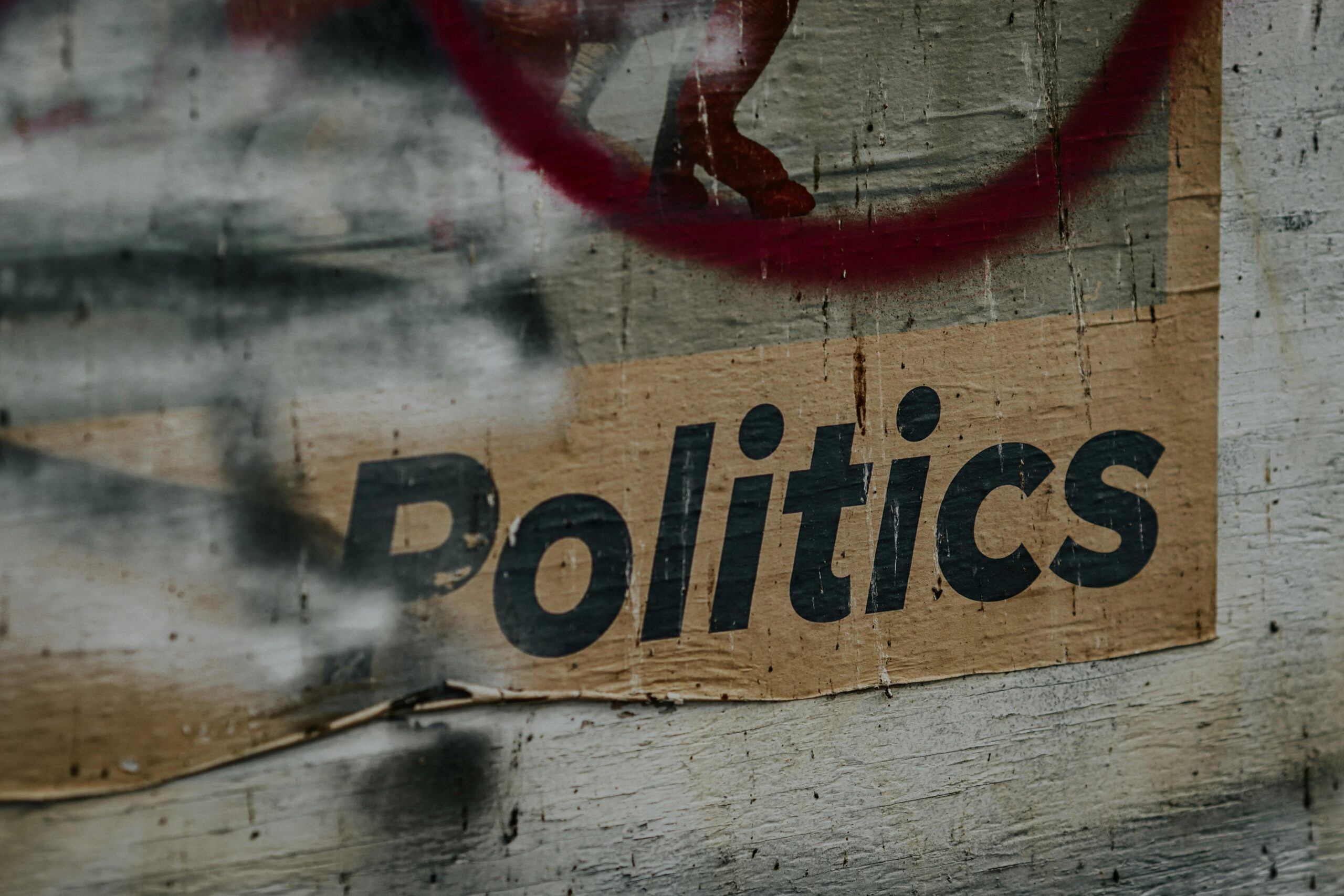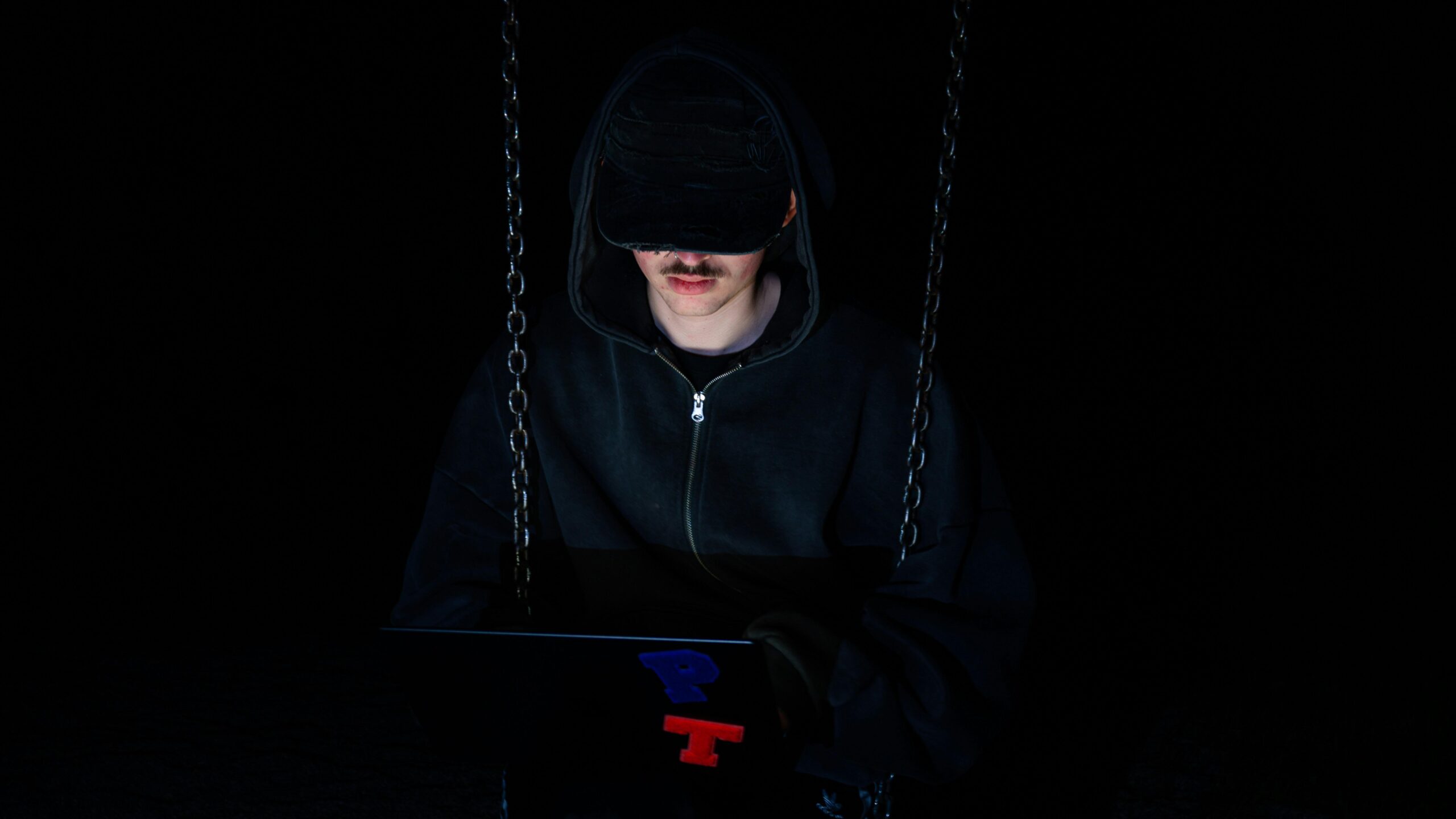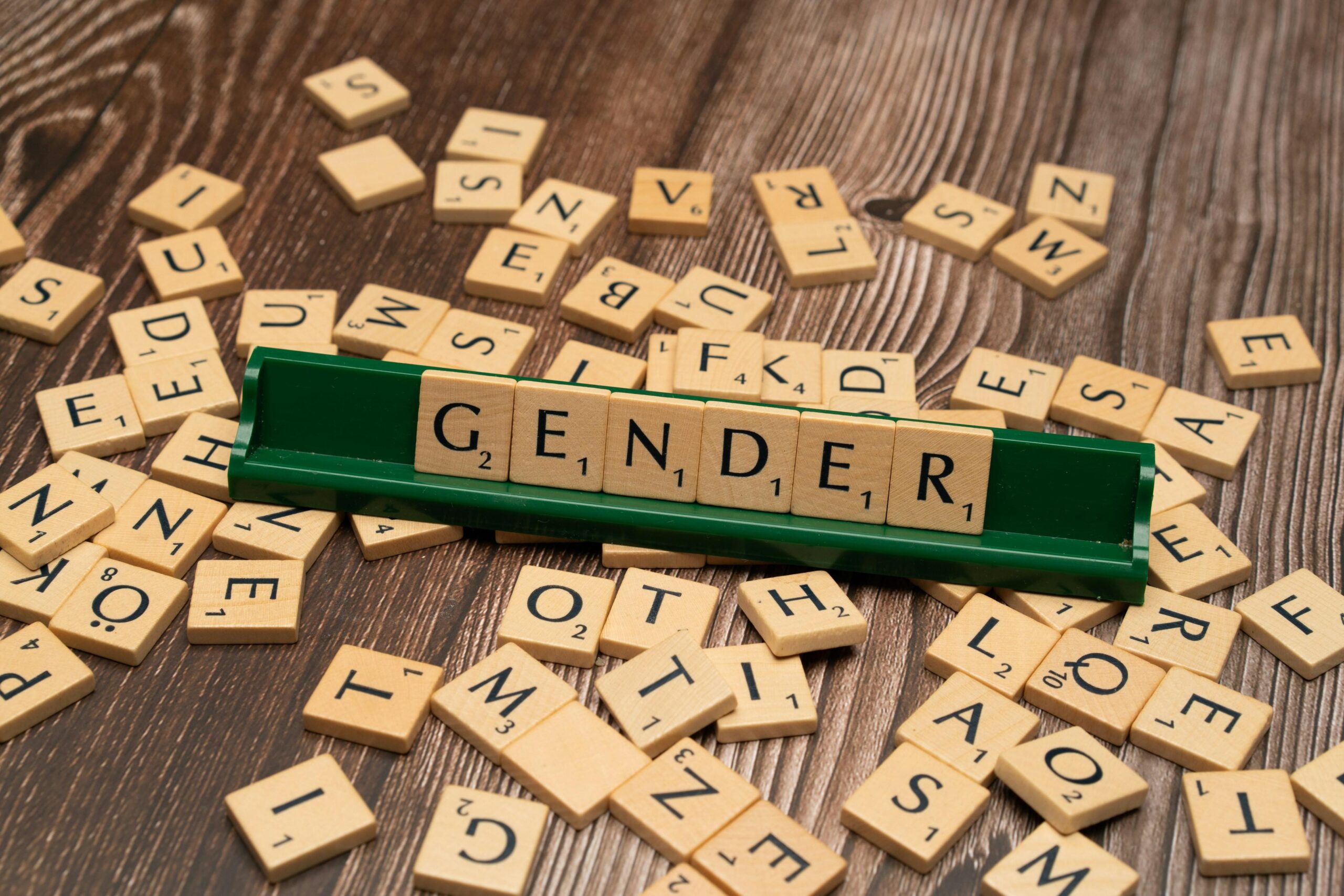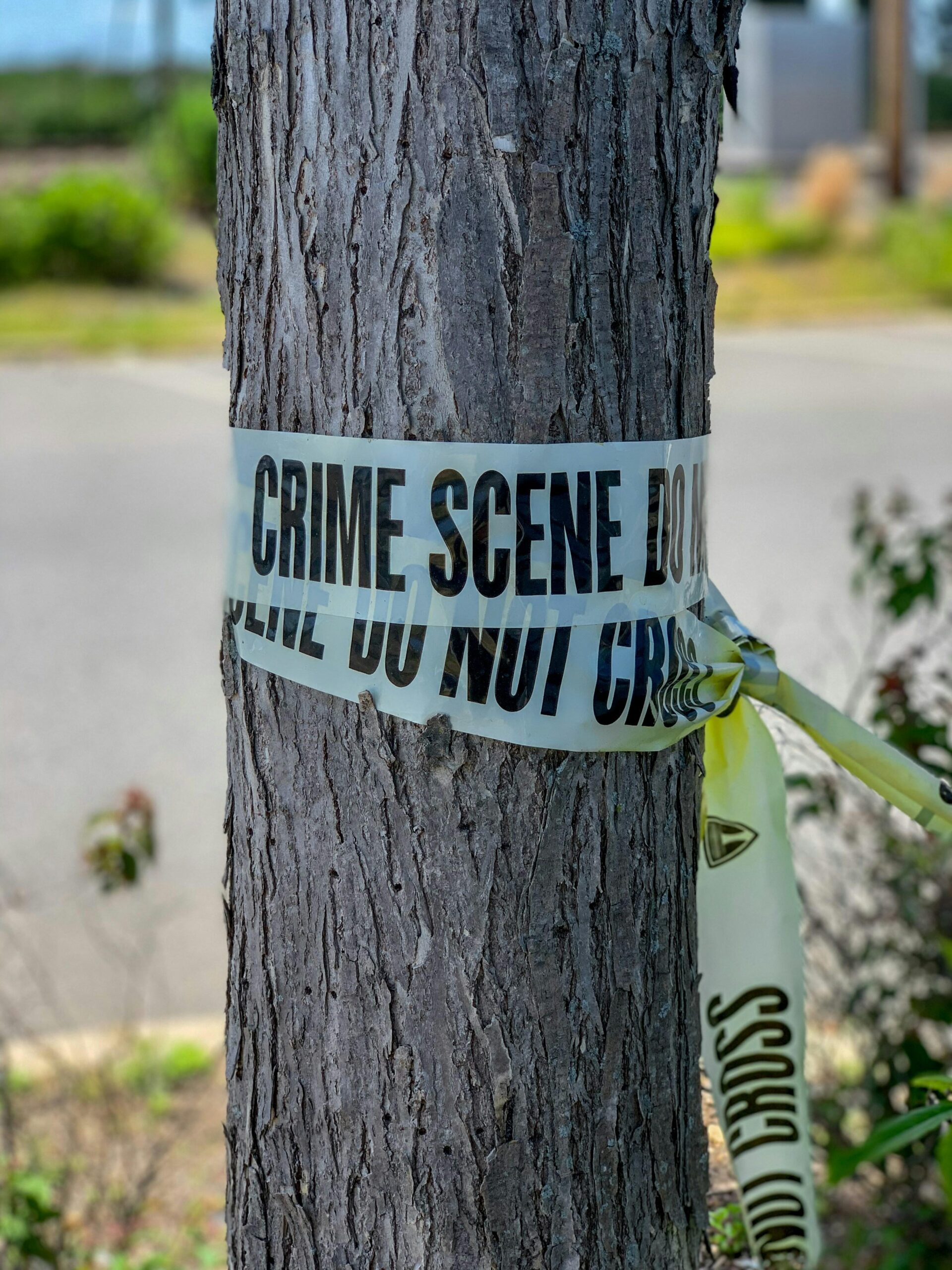When we think about justice, courtroom dramas often come to mind—intense trials, dramatic verdicts, and passionate pleas. But behind the scenes, much of the legal system operates through a less flashy yet powerful process: plea bargaining. This behind-the-scenes deal-making can dramatically shape the outcomes of cases, influencing not just individual lives but the broader notion of fairness in our justice system. In this article, we’re diving into the world of plea bargaining to uncover how it really works, why it’s so common, and the ways it quietly redefines justice every day. Curious? Let’s take a closer look.
Table of Contents
- Understanding the Role of Plea Bargaining in Modern Justice Systems
- Unveiling the Pros and Cons Behind Plea Deals
- How Plea Bargaining Influences Defendant Outcomes and Court Efficiency
- Recommendations for Creating a Fairer Plea Bargaining Process
- The Way Forward
Understanding the Role of Plea Bargaining in Modern Justice Systems
At the heart of many modern justice systems lies a mechanism that seeks to balance efficiency and fairness: plea bargaining. This process allows defendants to plead guilty to lesser charges or receive reduced sentences in exchange for waiving their right to a full trial. While some view it as a pragmatic solution to overloaded courts, others see it as a compromise that may inadvertently pressure innocent individuals into admissions of guilt. The dynamics of plea bargaining reveal a complex interplay between legal strategy, resource management, and the pursuit of justice, raising important questions about transparency and rights protection.
Several key factors underscore the pivotal role plea bargaining plays, including:
- Case backlog reduction: Courts can manage caseloads more effectively by resolving cases quickly.
- Victim considerations: It can spare victims the trauma of lengthy trials and expedite closure.
- Resource allocation: Saves time and money for the judicial system, allowing resources to be redirected to complex cases.
- Defendant choice: Offers defendants a sense of control over their fate, albeit under pressure.
Yet, this system also invites scrutiny regarding power imbalances and the ethical implications when legal incentives might distort true justice.
Unveiling the Pros and Cons Behind Plea Deals
Plea deals often serve as pragmatic tools within the justice system, offering a swift resolution that can save valuable court resources and alleviate the burden on overcrowded dockets. For defendants, these agreements might mean reduced sentences or lesser charges, providing a chance to avoid the unpredictability of a trial. Prosecutors benefit by securing convictions with less expenditure of time and effort, allowing them to focus on more complex cases. However, this efficiency comes with nuanced trade-offs:
- Reduced trial backlog: Courts can process cases faster, helping keep the justice delivery timely.
- Increased cooperation: Defendants might provide valuable information in exchange for leniency.
- Protects victims: Avoids the emotional strain of a public trial.
Yet, this mechanism is not without its shadows. Critics argue that plea bargains may pressure innocent individuals to plead guilty simply to escape harsher sentences or prolonged litigation. There’s also concern over the lack of transparency, as negotiations often happen behind closed doors, potentially undermining public confidence in a fair judicial process. Some cases ultimately illustrate how justice can be compromised when speed overtakes careful scrutiny, revealing a tension that continuously challenges justice systems worldwide.
- Potential coercion: Defendants might feel compelled to accept deals despite innocence.
- Lack of transparency: Deals can appear secretive, fostering mistrust.
- Unequal bargaining power: Not all defendants have access to skilled legal representation.
How Plea Bargaining Influences Defendant Outcomes and Court Efficiency
Plea bargaining fundamentally reshapes the trajectory of criminal cases by offering defendants a chance to accept responsibility in exchange for reduced sentences, often before trials commence. This practice doesn’t simply speed up case resolutions; it alters the landscape of justice itself. Defendants might benefit from less severe penalties, but the trade-off sometimes comes at the expense of fully airing their defense. For many, the certainty of a negotiated outcome outweighs the unpredictable risks of trial, creating a complex balance between justice and pragmatism. Yet, this process can also disproportionately affect those with limited resources, highlighting persistent questions about fairness and equity in the criminal justice system.
Beyond individual cases, plea bargaining serves as a vital mechanism for court efficiency, enabling systems overwhelmed by heavy caseloads to manage proceedings more effectively. By resolving a significant number of cases without lengthy trials, courts can conserve critical resources such as time, personnel, and funding. Here’s how plea bargaining contributes to smoother judicial workflows:
- Reduced trial backlogs: Cases are expedited, freeing up court time for more complex matters.
- Streamlined resource allocation: Judges and prosecutors can focus on high-stakes cases requiring thorough examination.
- Consistent sentencing outcomes: Established plea agreements help create predictable patterns, promoting a form of procedural stability.
However, this expedited path raises ongoing debate about the potential sacrifice of thorough fact-finding and the victim’s voice, underscoring the delicate interplay between efficiency and justice.
Recommendations for Creating a Fairer Plea Bargaining Process
To foster justice, transparency must be at the core of negotiations. Clear guidelines on sentencing ranges and mandatory disclosure of evidence can empower defendants and their counsel, leveling the playing field. Encouraging mandatory legal representation for all defendants involved in plea talks can prevent uninformed decisions that are made under pressure or a lack of understanding. Additionally, independent oversight bodies should be established to review and audit plea agreements, ensuring they are consistent and free from coercion.
A shift toward enhanced accountability can be fueled by integrating restorative justice principles, where victims and communities have a voice without compromising the defendant’s rights. Implementing periodic training for prosecutors and defense attorneys on ethical plea practices and implicit biases will further promote fairness. Consider these strategies:
- Standardizing plea offer protocols to minimize disparities
- Allowing judges greater discretion to review and adjust plea deals
- Creating accessible resources that clearly explain plea consequences for defendants
The Way Forward
As we peel back the layers of plea bargaining, it becomes clear that this legal tool is far more than just a shortcut in the justice system. It’s a complex dance between efficiency, fairness, and the human stories behind each case. Whether you see it as a practical necessity or a cause for concern, plea bargaining undeniably shapes the way justice is delivered. Next time you hear about a plea deal, perhaps you’ll pause a moment to consider the intricate balance it strikes—and what that means for the pursuit of true justice. Curious to explore more? Stay tuned!


